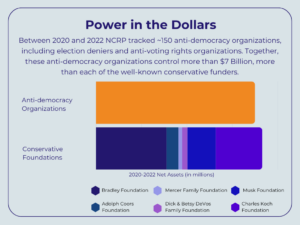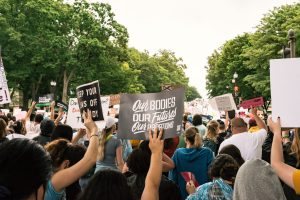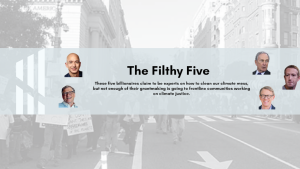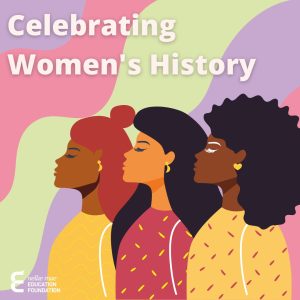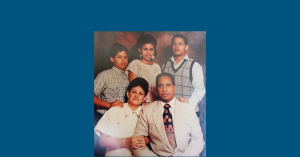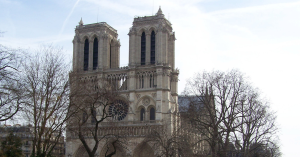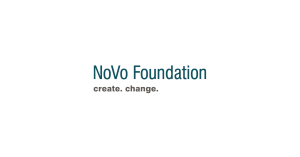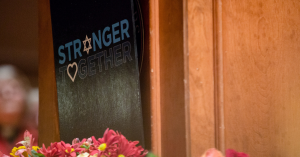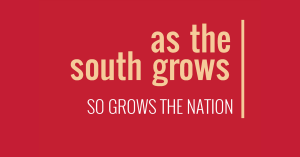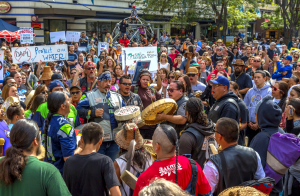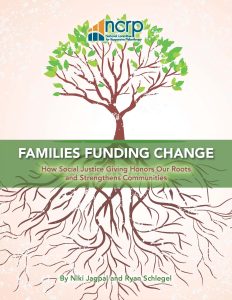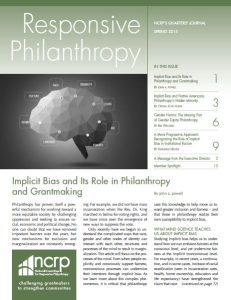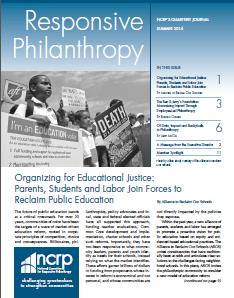If you’re a regular at NCRP’s blog (If so, thank you!), you probably know by now that most of the country’s largest foundations aren’t giving in ways that maximize the good that their grant dollars can bring.
You saw this play out in Pennies for Progress, where my colleague Ryan Schlegel shared that less than a third of the $236.9 billion in total grants from these funders between 2003-2013 went towards efforts that explicitly benefit the poor, people of color, LGBTQI communities and other vulnerable groups.
And even less – only 10 percent – was given to support efforts seeking long-term equitable solutions to the challenges our communities are facing such as racial injustice, health inequities and poverty.
You saw similar findings in subsequent blog posts about California-, New York– and Michigan-based foundations. There were some bright spots in all three cases, with a number of foundations stepping up for their communities.
So let’s look at Illinois, where you can find 98 grantmakers that made the Foundation Center’s FC1000 list.

Did Illinois’s largest foundations provide more or less grants to efforts that explicitly benefitted the poor, women and girls, LGBTQI communities and other vulnerable populations?
How does Illinois stack up?
Illinois is home to a vibrant nonprofit community and civically engaged citizens working on a range of issues from boosting quality public schools and ending gun violence in Chicago, and good government and campaign finance reform efforts throughout the state of Illinois. Perhaps the state’s largest foundations bucked the national trend?
Not so. In fact, only 21 percent of the total grant dollars awarded by Illinois’ top foundations explicitly benefitted underserved communities during the same period.

However, a number of foundations stepped up by allocating at least 50 percent or more of their grant dollars in ways that benefit the state’s vulnerable communities.
|
Which of Illinois’ largest foundations gave the most share of their grant dollars and total grant dollars for underserved communities from 2003-2013? |
|||
| Foundation Name | Type of foundation | Share of grant dollars for underserved | Total grant dollars for underserved (US$) |
| The Oprah Winfrey Foundation | IN | 72% | 28,714,898 |
| Polk Bros. Foundation, Inc. | IN | 58% | 18,276,000 |
| Howard G. Buffett Foundation | IN | 57% | 47,009,119 |
| Michael Reese Health Trust | IN | 57% | 28,154,575 |
| Lloyd A. Fry Foundation | IN | 45% | 34,061,480 |
| The Retirement Research Foundation | IN | 44% | 29,732,982 |
| The John D. and Catherine T. MacArthur Foundation | IN | 44% | 504,130,500 |
| Beatrice P. Delany Charitable Trust | IN | 41% | 29,920,000 |
| The Chicago Community Trust | CM | 36% | 178,251,840 |
| The Joyce Foundation | IN | 34% | 96,517,018 |
| The Allstate Foundation | CS | 16% | 57,033,968 |
| Irving Harris Foundation | IN | 10% | 30,613,584 |
| Circle of Service Foundation | IN | 6% | 42,749,719 |
| Arie and Ida Crown Memorial | IN | 6% | 40,314,613 |
| Based on Foundation Center’s FC1000 data.
Legend: IN=independent foundation; CM=community foundation; CS=corporate foundation |
|||
Only one foundation gave more than a quarter of their grant dollars to efforts that seek to long-term solutions to economic, social and environmental injustices.
| Which of California’s largest foundation allocated the most share of grant dollars and total grant dollars to programs that sought long-term solutions to social inequities and injustice, 2003-2013? | |||
| Foundation Name | Type of Foundation | Share of grant dollars for systems change strategies | Total grant dollars for systems change strategies (US$) |
| The Joyce Foundation | IN | 34% | 126,021,799 |
| The John D. and Catherine T. MacArthur Foundation | IN | 23% | 267,877,126 |
| The Spencer Foundation | IN | 19% | 20,788,620 |
| The Allstate Foundation | CS | 16% | 22,535,779 |
| Polk Bros. Foundation, Inc. | IN | 13% | 26,028,500 |
| Roderick MacArthur Foundation | IN | 12% | 5,171,169 |
| Lloyd A. Fry Foundation | IN | 12% | 8,922,331 |
| State Farm Companies Foundation | CS | 11% | 14,505,420 |
| Michael Reese Health Trust | IN | 10% | 5,221,632 |
| Irving Harris Foundation | IN | 10% | 13,115,450 |
| The Chicago Community Trust | CM | 9% | 47,099,415 |
| Arie and Ida Crown Memorial | IN | 6% | 9,037,447 |
| Based on Foundation Center’s FC1000 data.
Legend: IN=independent foundation; CM=community foundation; CS=corporate foundation |
|||
Were you surprised by seeing The Allstate Foundation, a corporate foundation, make both lists?
In Pennies for Progress, Ryan found that a number of corporate foundations were among the largest contributors to funding efforts that target marginalized communities across the country. They also devoted a higher share of their grant dollars to these efforts.
Check out “Are corporate and community foundations investing in underserved communities?” and “Which types of foundations are giving most to underserved communities” from Pennies for Progress.
What do you think of our findings? Are you astonished (or not) by any of the foundations on this list?
Yna C. Moore is senior director of communications at the National Committee for Responsive Philanthropy (NCRP). Follow @ynamoore and @NCRP on Twitter.










